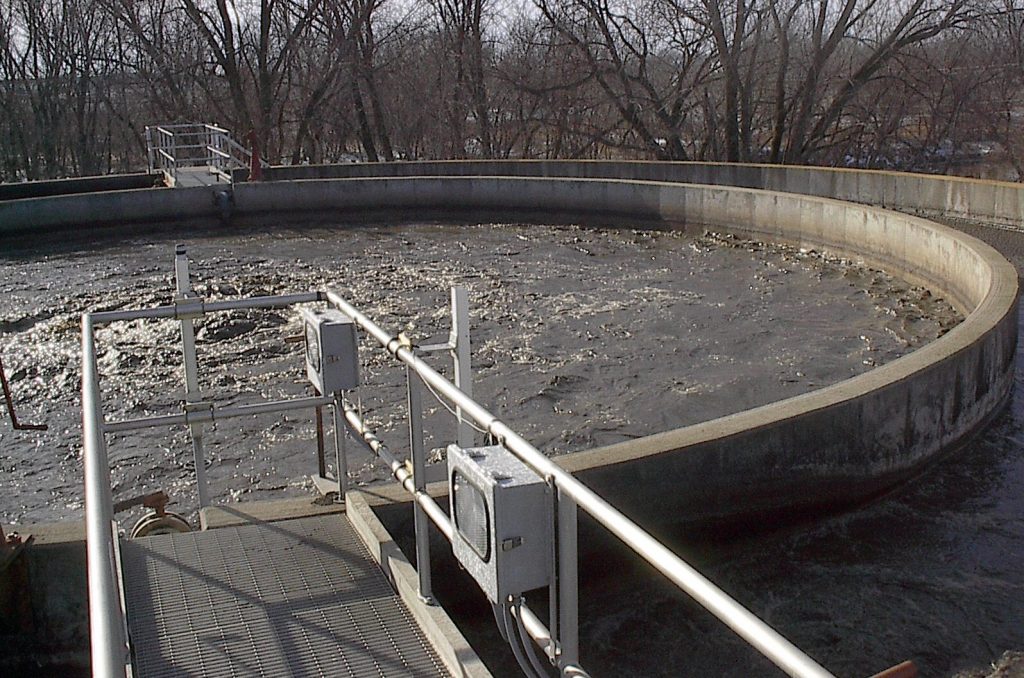One of the biggest challenges in running STP plants is the proper mechanism. Many STP owners or companies do not pay attention to the right way of running an STP plant. Most STPs become redundant because of the lack knowledge about the right operative systems. This is why many STP plants exporters are also supply the manpower needed for running the plants. Alternatively, they offer a training program for plant personnel.
The most preferred sewage treatment process worldwide is Activated Sludge Process or ASP. This method uses largely biological means of breaking down the sewage and processing it. It has been practised all over the world for years now and is considered one of the most effective ways of treating wastewater.
Preliminary treatment: A preliminary treatment takes place before the waste enters the STP. It is important to ensure that the waste does not damage or block the STP quickly. Large solid waste like stones, sticks twigs and paper cannot be processed in the STP. Also included are insoluble matters like plastic. Hence, it is better to remove these beforehand.
Various bar screens of different sizes are usedfor the purpose. The process involved here is sedimentation and floatation. Comminutors and grit chambers are the common tools here. Comminutors breakdown the large-sizedwaste andthe grit chamber is removes dirt, stones, sand etc. Although it removes these materials,the wastewater still contains harmful contaminants which need further treatment.
Primary Treatment: Once the preliminary treatment is over the primary treatment begins. The aim here is to use physical methods toseparate solid matter from wastewater. This step removes close to 70% of the suspended matter. The process is quite simple.
The wastewater flows into a tank known as the primary sedimentation tank where it is held for some time. The heavier matter settles at the bottom, while the lighter matter and grease float at the top. The surface scum is removed using screens, while the heavier matter has to go through further processing.
Although some installations use the primary treatment as the first step in the processing of wastewater, this is not recommended by STP plants exporters. Instead, the preliminary treat-ment should be the first step to ensure that the big debris does not flow inside the STP tanks and damage them. Since these are largely insoluble material, these debris can damage or block the tanks and screens of the STP.
Secondary treatment: In Activated Sludge Process this is also known as the biological treat-ment. We use biological reactions to process and remove the remaining organic matter. It removes almost 80% of this matter. Wastewater is aerated in the aeration tank by mixing compressed air in the sewage. The oxygen in the air activates the microbes. These microbes start the decomposition of the waste to make sludge or biomass.
The sludge is now transported into the secondary clarifier where it further separates as the heaver organic matter settles down. The lighter sludge is removed. It is then dried for further disposal. The water extracted is sent to the water tank. The dried sludge finds other uses like garden manure.
Tertiary Treatment: This is the last step and can remove almost 99% of the dangerous impurities in the water. This stage is also known as the disinfection treatment stage because of the use of disinfection process in treating the waste. Common disinfectants include UV light. The water passes through a pressure sand filter and an activated sand filter to remove the impurities.
The disinfectants are then used to kill all the harmful bacteria. The suspended solids leftover in previous processes are also removed at this stage. The water thus extracted can be used for a range non-consumption purposes, like gardening, flush water, washing etc. The removal of harmful solvents makes it suitable for releasing into the environment.
If you are considering the ASP method for sewage treatment, look for STP plants exporters with the right expertise. You should also ensure training for floor personnel who are responsible for day-to-day running of the plant and a supervisor. Look for suppliers who also provide maintenance services for the plant. This is important to ensure that the plant keeps running in an optimum condition.



